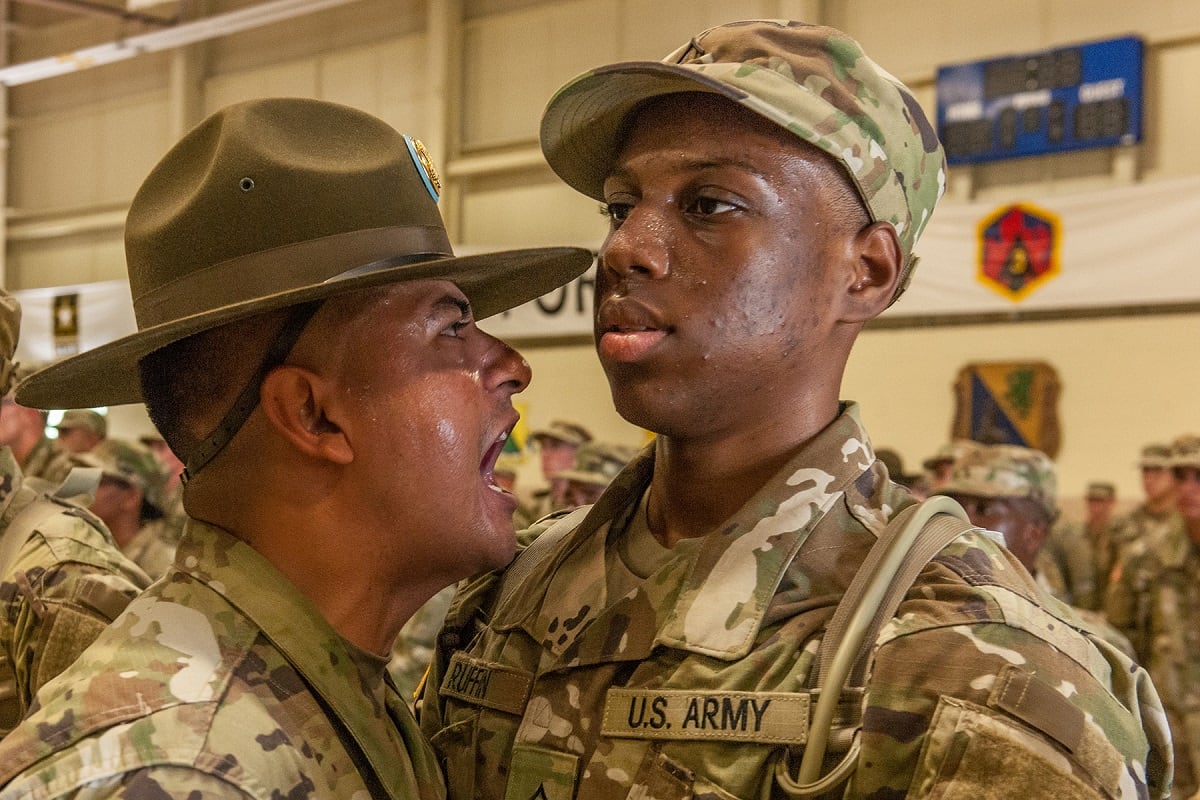FORT JACKSON, S.C. — There’s just something about a drill sergeant that makes trainees stand up straight and act right.
The Army is looking to recapture some of that magic with young soldiers by putting drill sergeants back into advanced individual training, with a plan to re-train 600 platoon sergeants this year and send them back to work with one of those iconic campaign hats.
“Soldiers do fear the hat and badge,” Staff Sgt. Cortashia Shields, who is going through the 10-day conversion course here at the Drill Sergeant Academy, told Army Times on April 3. “You can see it.”
The Center for Initial Military training is in the midst of evaluating its entire enterprise, from basic training’s program of instruction to revamping how instructors are trained.
As part of that study, leaders identified AIT as a weak point in the chain between when a young person is recruited and when they report to a first unit.
To close the gap, the Army unveiled big changes in early 2018, first re-configuring the basic combat training curriculum in February, then sending current AIT platoon sergeants back to the Drill Sergeant Academy at Fort Jackson to shape them into drill sergeants.
“The biggest benefit of AIT and BCT combining into the drill sergeant program is that everybody is getting the same training now,” Sgt. 1st Class Amy Davis, a drill sergeant instructor, told Army Times. “The BCT drill sergeant and the AIT drill sergeant come from the same standard, whereas when they were two programs, only BCT was highlighted.”
RELATED
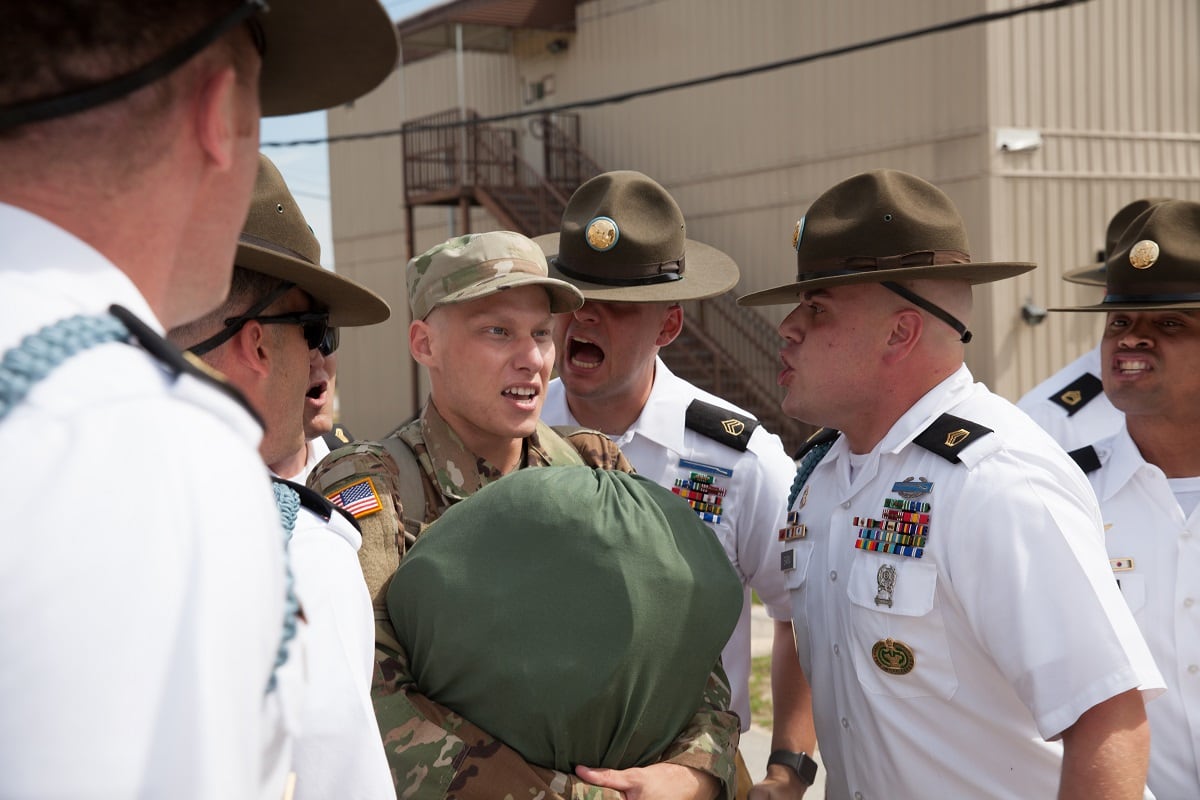
To fill in the blanks, platoon sergeants in the conversion course are brushing up on manual of arms and weapons qualification requirements, as well as the more hands-on approach that drill sergeants use to mold new soldiers.
“I think we went a little more in-depth on room inspections, and how to handle certain special cases,” said newly converted Sgt. 1st Class John Doody.
“Sometimes when they get to us, they fall back into old habits,” he said of the AIT environment.
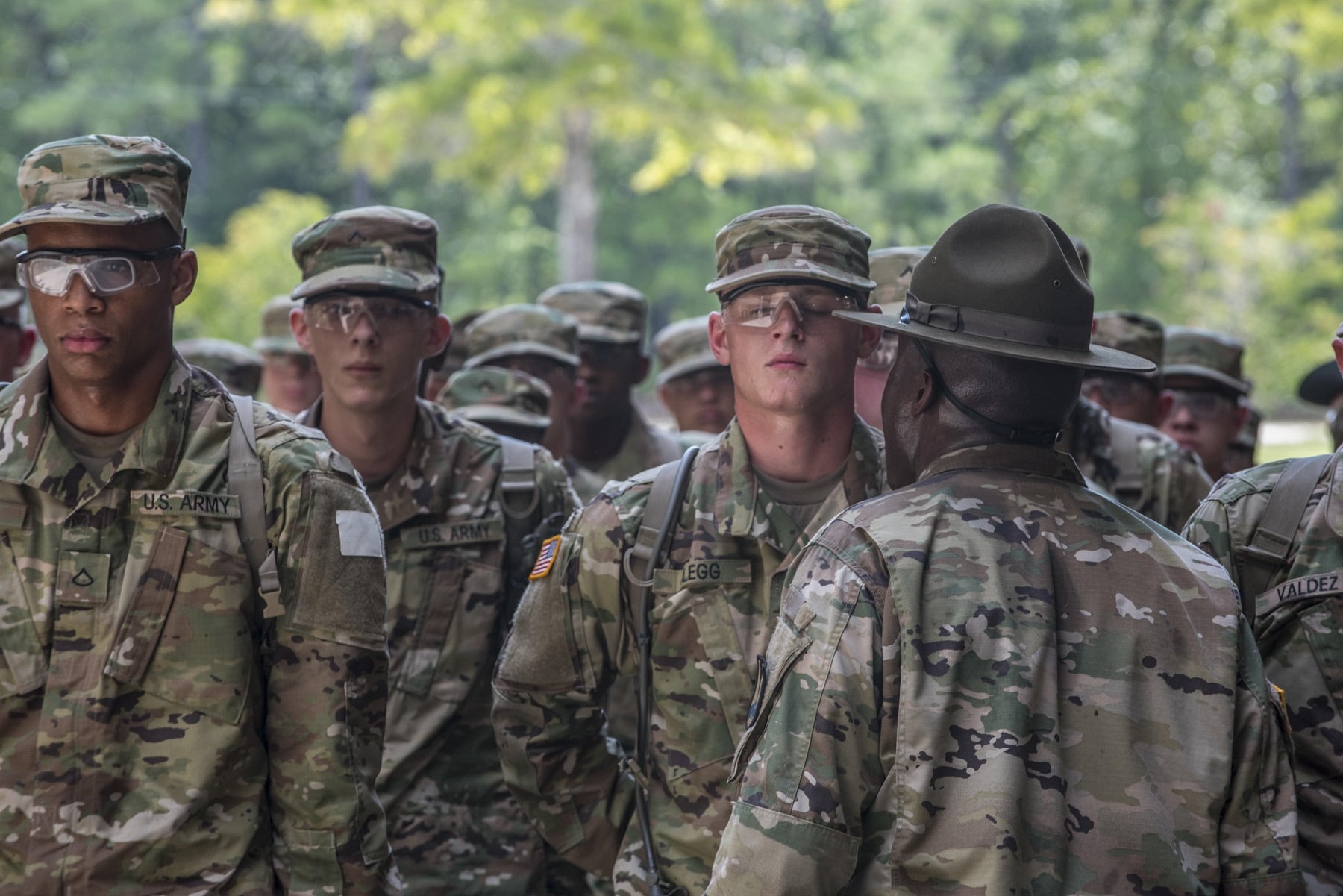
With those lifestyle issues and everything else, drill sergeants at AIT will be charged with maintaining the continuity of their presence and their methods through the end of initial entry training.
Previously, drill sergeants were only trained about what went on at BCT, and AIT platoon sergeants likewise with AIT — with little understanding from drills about what trainees should expect in AIT, and little awareness from AIT platoon sergeants on how their trainees were managed in basic.
“Now that they’re both in the same program, it produces a better product,” Davis said. “We’re going to be more on the same page, whereas it used to be two separate entities.”
RELATED
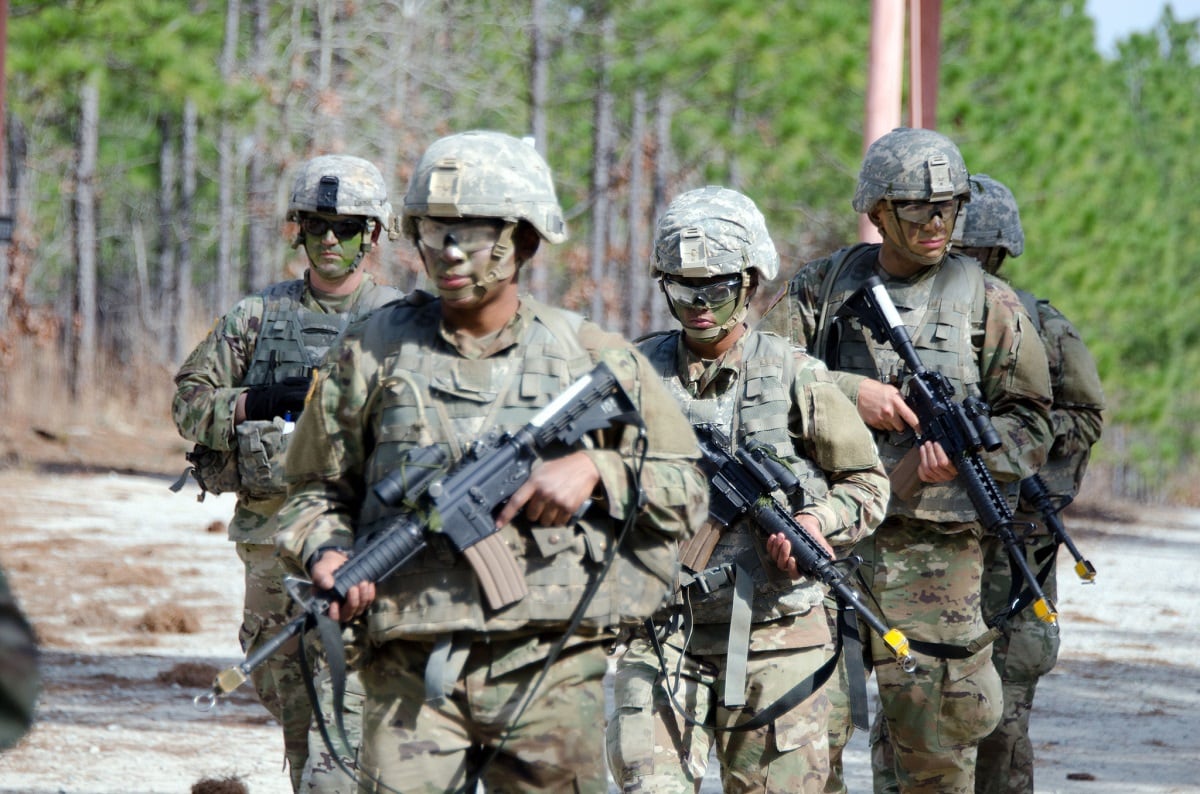
The merging also required an update to current drill sergeant training, to prepare them to work at AIT.
“There were minor tweaks, because at AIT they do more of the counseling,” Sgt. Maj. Corey Thompson, the deputy commandant of the Drill Sergeant Academy, told Army Times.
He added that AIT instructors also work on career development and setting soldiers up with sponsorship for their first units.
Next up, he added, could be a drill sergeant academy POI overhaul to go with the new basic training.
“We’re looking at rolling that out by maybe the end of June,” he said, pending approval from his command.
RELATED
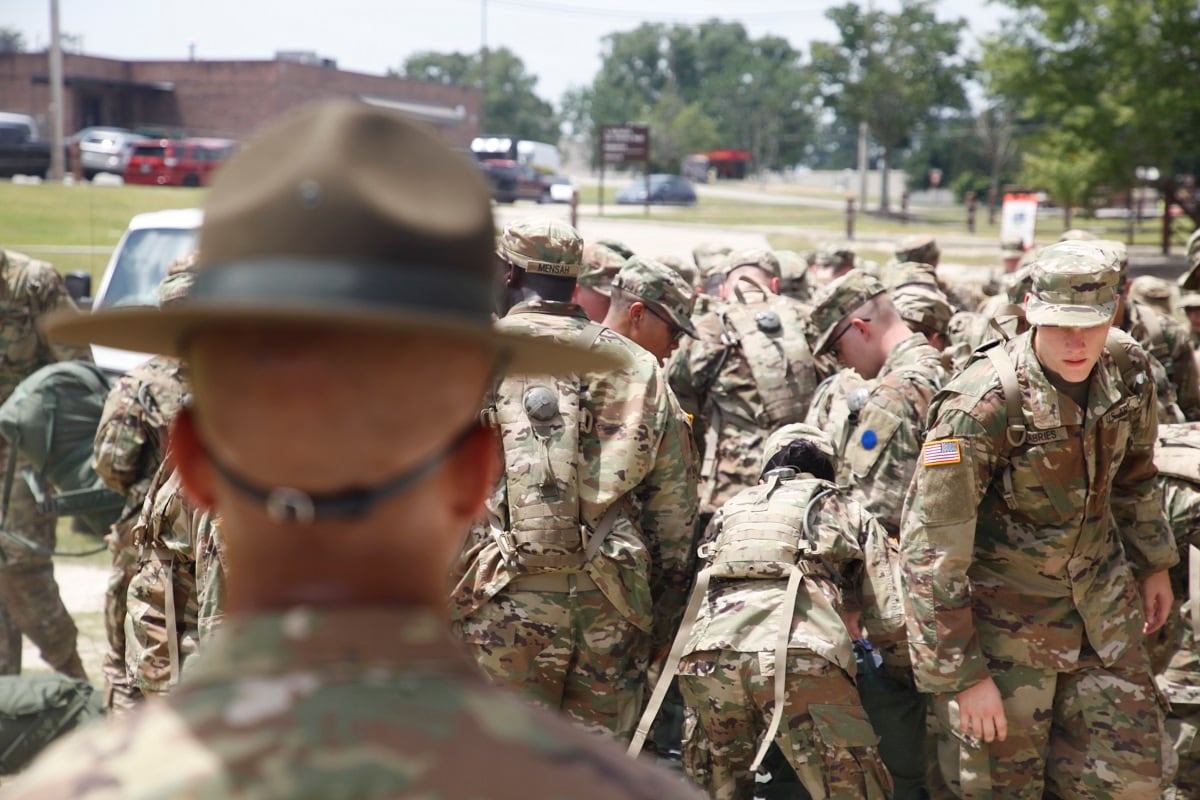
Though they were eager to make the transition, the new drill sergeants said, they did not feel any added pressure.
“The hat and the badge, I don’t think, is going to change that NCO from being that NCO,” new drill sergeant Staff Sgt. Nicole Mong said. “However, it is something tangible for the soldier to see.”
One of the issues at AIT, they identified, is that soldiers outside of their own platoons may not know who they are, but their distinctive uniform items will now broadcast to the entire post that an authority figure is present.
“Overall, it’s a good look, especially in the AIT environment,” drill sergeant instructor Sgt. 1st Class Kenneth Berry said. “When it’s one of me to 60, 80, 100 privates, the round brown is an actual symbol that stands out.”
Meghann Myers is the Pentagon bureau chief at Military Times. She covers operations, policy, personnel, leadership and other issues affecting service members.
